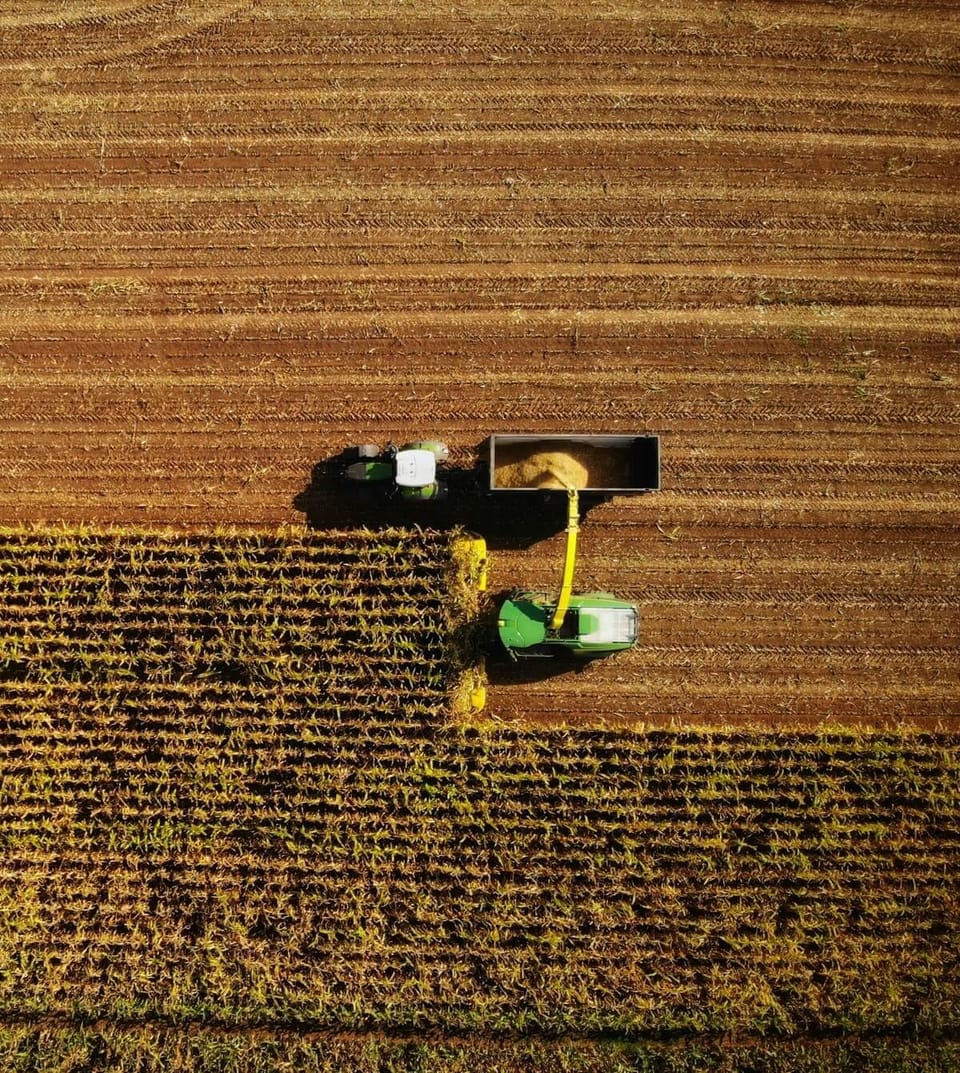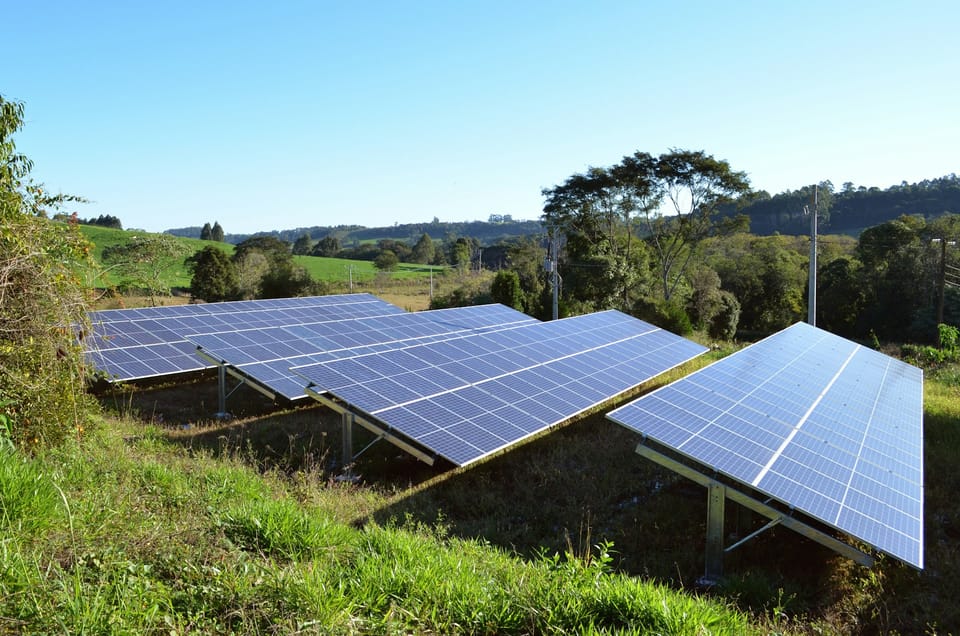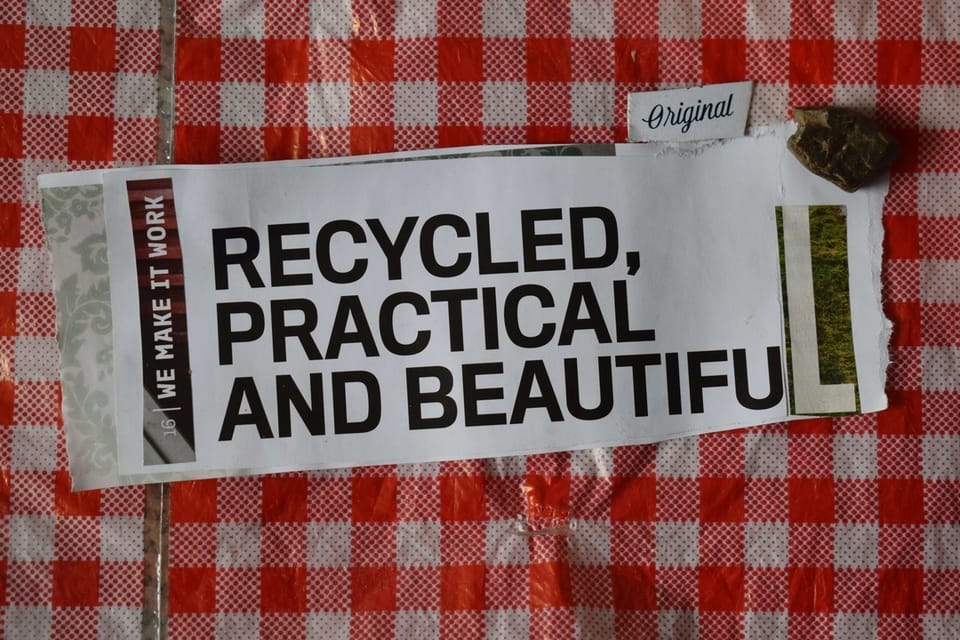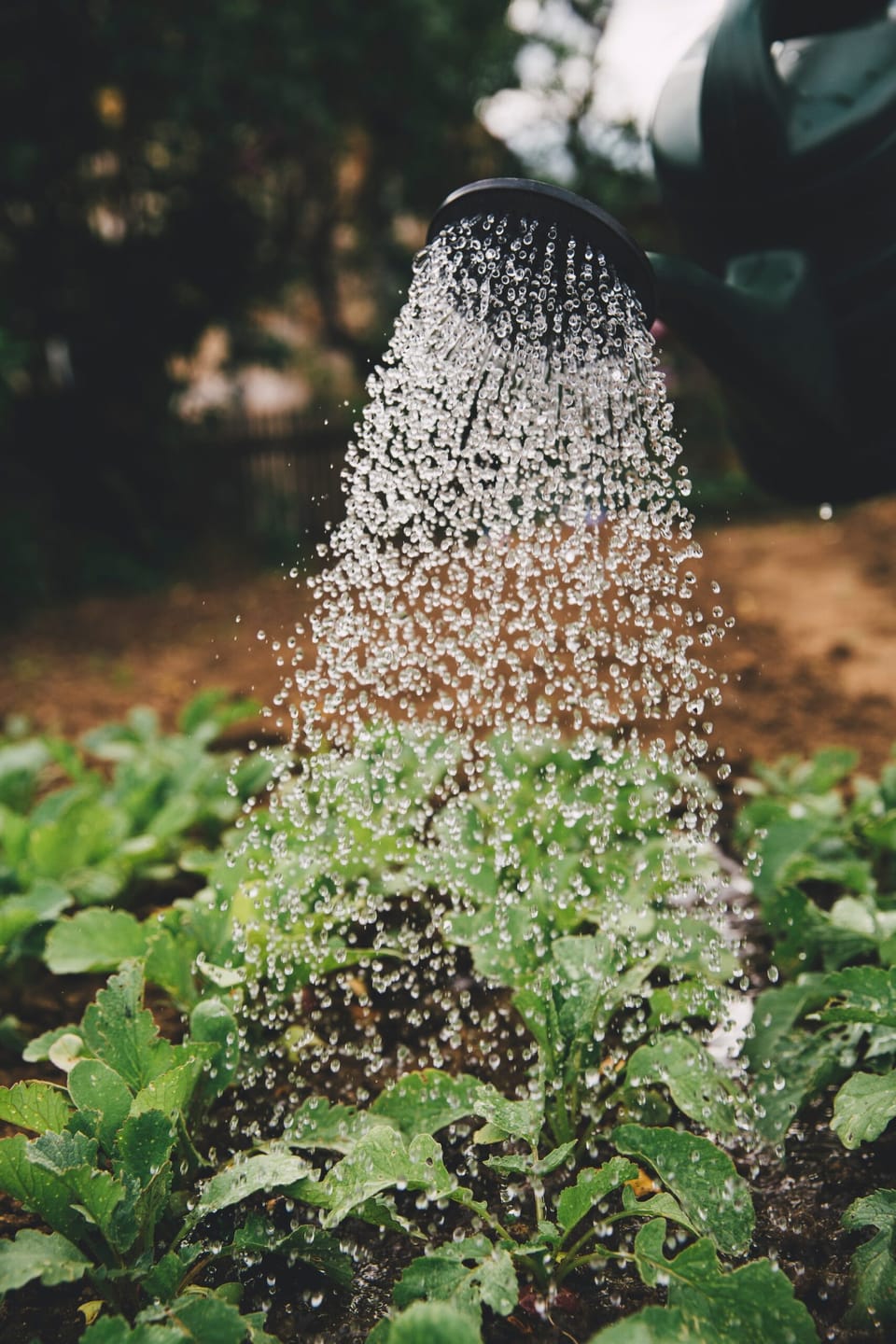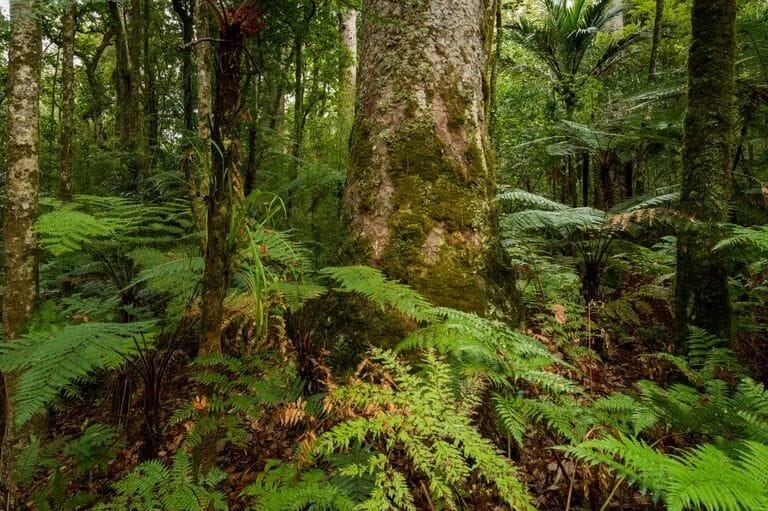Stars Are Disappearing From Sight at an Astonishing Rate
More than beauty is fading from the night sky—light pollution is accelerating, hiding stars from view and disrupting ecosystems. Learn what’s causing it, who it affects, and how we can take back the night.
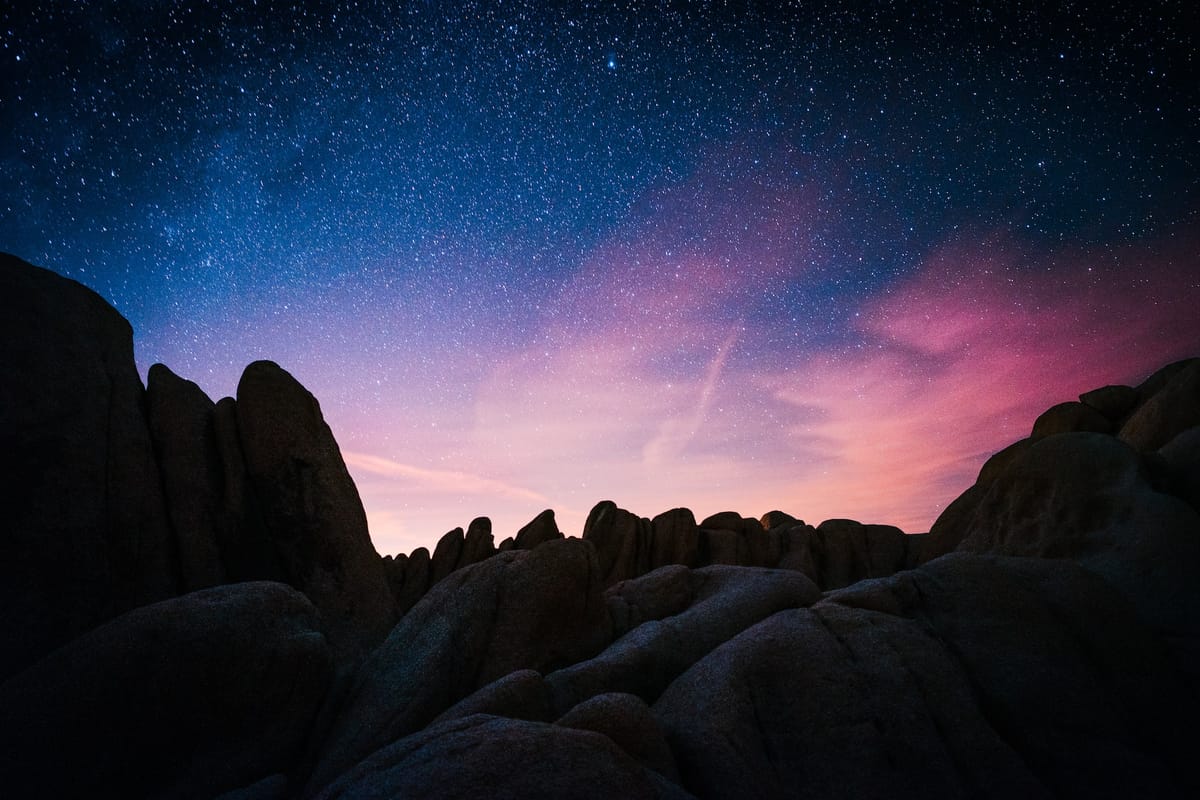
Few things are as awe-inspiring as a nighttime sky awash with stars. Countless generations of sky-gazers have marveled at the wonders of the heavens, stars spanning the firmament from horizon to horizon. The starry sky is closely tied to human cultural heritage, yet thanks to artificial light and its subsequent light pollution, we are losing this iconic natural resource.
This isn’t new news. For decades, light pollution has been vexing sky lovers and scientists alike. Not to mention the impact light pollution has on the natural world, from affecting human health and birds' nighttime navigation to disorienting baby sea turtles and disrupting the mating patterns of fireflies. And lest we forget: the lighting that causes light pollution wastes important resources.
Yet despite this knowledge, light pollution has been challenging to document, especially on a global scale. But now, a new study shows that light pollution is rapidly worsening.
The analysis comes from Globe at Night, a citizen science program run by the National Science Foundation's NOIRLab. The study concludes that stars are disappearing from human sight at a stunning rate. By relying on the observations of sky-gazers across the globe, the researchers found that light pollution has had much more of an impact than indicated by satellite measurements.
From the glimmering swath of our home galaxy, the Milky Way, to a multitude of constellations, the human eye should be able to see thousands of stars on a clear, dark night. Yet thanks to light pollution, 30% of people around the globe and around 80% of people in the United States can’t even see the Milky Way swirl of our galaxy anymore.
How Much Worse Will It Get?
“At this rate of change, a child born in a location where 250 stars were visible would be able to see only around 100 by the time they turned 18,” said Christopher Kyba, a researcher at the German Research Centre for Geosciences and lead author of the paper.
The Globe at Night project has been collecting data since 2006. Citizen scientists submit detailed observations about what they can see (and thus, what they can’t see) in the night sky, without telescopes or other instruments.
For the study, which was published in the journal Science, the authors looked at more than 50,000 observations submitted to Globe at Night between 2011 and 2022, with a focus on submissions from Europe and North America.
The authors used the observations to estimate how skyglow has changed over the years. They found that the loss of visible stars was higher than expected and that sky brightness has increased 9.6% per year over the past decade. Satellite measurements, which is how sky brightness has been measured thus far, only suggested a 2% per year global increase in brightness.
“This shows that existing satellites aren't sufficient to study how Earth's night is changing,” said Kyba in a statement from NOIRLab. “We've developed a way to ‘translate’ Globe at Night observations of star visibility made at different locations from year to year into continent-wide trends of sky brightness change. That shows that Globe at Night isn't just an interesting outreach activity, it's an essential measurement of one of Earth's environmental variables.”
For a number of reasons, current satellites aren’t great for measuring skyglow as it appears to humans, leading the researchers to praise the importance of crowd-sourced observations in evaluating the brightness of the nighttime sky.
“The increase in skyglow over the past decade underscores the importance of redoubling our efforts and developing new strategies to protect dark skies,” said National Radio Astronomy Observatory astronomer and Globe at Night developer Connie Walker. “The Globe at Night dataset is indispensable in our ongoing evaluation of changes in skyglow, and we encourage everyone who can to get involved to help protect the starry night sky.”
To help document the night sky, you can submit your observations to the Globe at Night web application.




